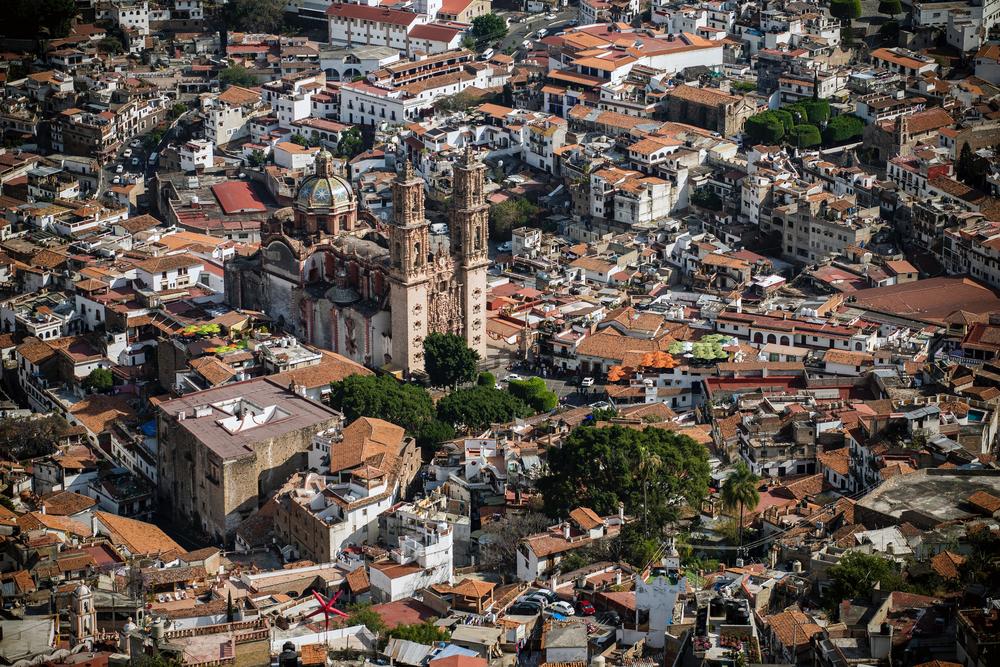In trying to understand different temporalities of the future in Latin America, researchers have to look at the overlapping and interacting concepts of the future stemming not only from different regions of the world, but also from various time regimes. Our research programme, therefore, focuses on aspirations and anticipations of people in Latin America to investigate the different protagonists’ projections of the ‘time to come’ and the historical and social processes determining their practices to shape the future. In our conception, aspirations refer to the process of actively ushering in the future (for example, projects of conquest and colonization, the establishment of educational systems, revolutionary movements), whereas the term anticipations denotes a reaction to possible future developments and a way of coping with contingency (for example, preparations for natural catastrophes, demographic developments, adaption to or negation of the Western project of ‘modernization’, migration and exile).
Our point of departure is the assumption that aspirations are a prime motivator in a person’s active engagement with the time to come. Arjun Appadurai suggests that the capacity to aspire is an essential condition for lower social strata to achieve a better future (Appadurai 2013). As a continent of hope, Latin America drove aspirations of European and other newcomers from the earliest days of colonization through the emigration waves of the 19th and 20th centuries, when emigration was forced by social disasters in the Old World. Stefan Zweig’s book Brazil – Land of the Future (1941) is a prime example of how aspirations were stimulated by and projected onto the Latin American region.
The early accounts of ‘Indian’ societies that crossed the Atlantic Ocean inspired European writers to develop their ideas of an ideal society. Thomas More’s Utopia, published in 1516, became a touchstone for a whole genre of literature and was gradually adopted as a key concept of social analysis. On the fictitious island of Utopia, located in the New World, More designed ‘the best condition of the state’. The influence of his ideas in the Americas, especially on early evangelization, was first highlighted by Silvio Zavala’s seminal study from 1937 on the aspirations of the first bishop of Michoacán Vasco de Quiroga.
Anticipations, on the other hand, denote an individual or collective preparation for imminent or seemingly imminent future events: an awareness and acceptance of unavoidable change. In practice, the act of anticipation might conceive the future as being embedded in the past and present by means of trend extrapolation, time series analysis and the like. It also might address completely unfamiliar and alien scenarios to distinguish amongst possible, probable and preferred future scenarios. In the Valley of Mexico, for example, water management has been a major concern and thus an object of anticipation since the earliest civilizations. While the Mexican tlatoani (ruler) were charged with the building and maintenance of dikes, locks and canals to avoid the flooding of residential zones in Tenochtitlan and Chinampa agriculture in the Xochimilco region, the Spaniards tried to control these water flows by draining the plateau altogether. Embankment dams, as a topic of growing importance throughout Latin America today, are a modern example of anticipations. On the one hand, they hold out the promise of solving the increasing demand for electric power and of stimulating local and national employment; on the other hand, the prospect of power-plant construction is perceived in apocalyptic terms by those people who would need to be removed from the area. The recent novel Os Malaquias by the Brazilian writer Andréa del Fuego (2010) effectively conveys these contrary anticipations.
The specific forms of aspirations and anticipations developed in distinct contexts of Latin American history and the present are based on the constant interaction of actors with different concepts of time within spaces of ethnic heterogeneity and growing global entanglement. During the 19th century, large-scale foreign direct investments in Latin America reflected European visions of the future and fuelled cyclical patterns of financial booms and busts. The Argentinian Baring Crisis in 1890, for example, was preceded by a credit frenzy nourished by English capital and the anticipation of Buenos Aires as city of the future.
Simultaneously, Charles Darwin’s evolutionary concept of time, inspired by his travels in South America (1832–1835), has been fundamental to European intellectual thinking and the development of the social sciences. Its later application in the social sciences and historiography (social Darwinism) resulted in projections of a continuous ‘whitening’ of the population (blanqueamiento) in the context of Latin American realities. In opposition to elitist aspirations of racial purification and European policies of racial segregation, Latin American thinkers like the Mexican José Vasconcelos in his La raza cósmica (1925) and the Brazilian Gilberto Freyre in his Casa Grande e Senzala (1933) interpreted the ongoing miscegenation of the different ethnic groups in Latin America as a positive development for humanity. Darwin’s ground-breaking theory thus induced the continuous production of new visions of the future shaped by the interaction of various actors’ aspirations and anticipations.



